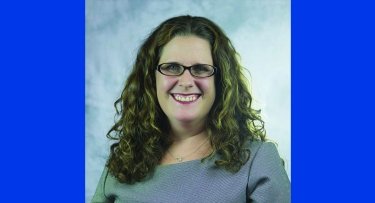Mercy University Professor to Serve on National Sea Grant Advisory Board

Meghan Marrero, Ed.D., professor of secondary science education and co-director of the Mercy University Center for STEM Education, was nominated to serve on the National Sea Grant Advisory Board.
Established by the U.S. Congress, the National Sea Grant College Program works to create and maintain a healthy coastal environment and economy. The Sea Grant network consists of a partnership between the National Oceanic and Atmospheric Administration (NOAA) and 34 university-based programs in every coastal and Great Lakes state as well as Puerto Rico and Guam. The Advisory Board’s role is to advise the Sea Grant national office and help evaluate the university-based programs.
“It's a big honor to be on the board,” Marrero said. “The other board members have amazing credentials. They’re all scientists and educators who are very well-respected in their fields. I’m proud to serve alongside them.”
Marrero traveled to Guam in September for the Sea Grant Advisory Board Meeting and the Sea Grant Association Meeting, the latter of which brought together the directors and staff from the 34 university-based programs. On the trip, attendees explored the Guam Sea Grant program’s work, much of which is around sustainability. For example, the program is trying to find new ways to reuse plastic and scrap metal in order to avoid shipping garbage off the island or adding more garbage to the landfill. “Each Sea Grant program gets a lot of autonomy to make the program work for their community,” said Marrero. “I loved seeing that autonomy in action on Guam.”
As Marrero connects with marine scientists and other educators through the National Sea Grant Advisory Board, she will bring that knowledge back to the students in the oceanography class she teaches at Mercy. She is also excited to get new ideas from visiting the university-based Sea Grant programs. “In the innovation lab and maker space in Guam, their 3D printer prints using recycled plastic from melted water bottles, so they don’t need to buy new filaments for it,” she explained. “That made me think about how we could do more sustainability work within Mercy’s Center for STEM Education.”
To learn more about Mercy’s secondary science education program, please click here.
To learn more about the Mercy University Center for STEM Education, please click here.
